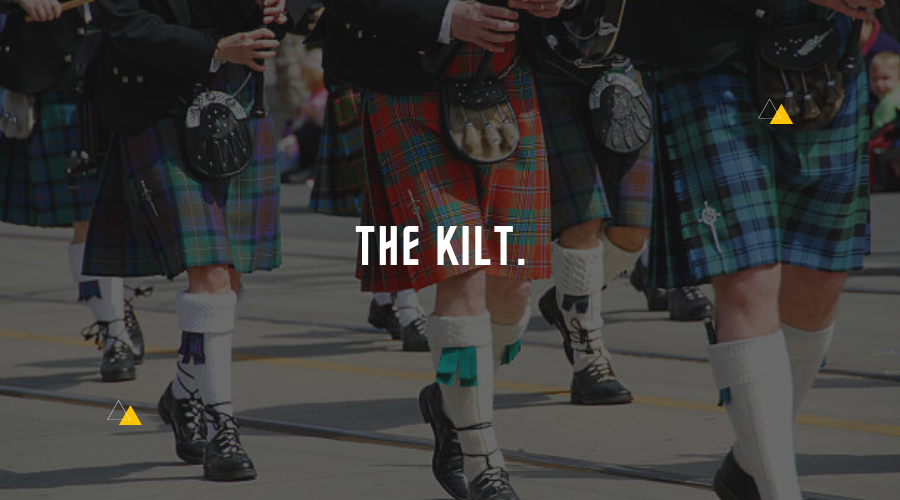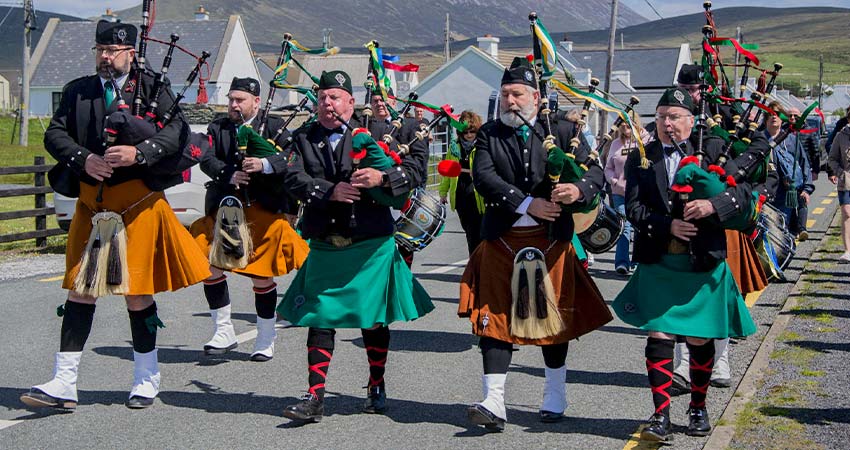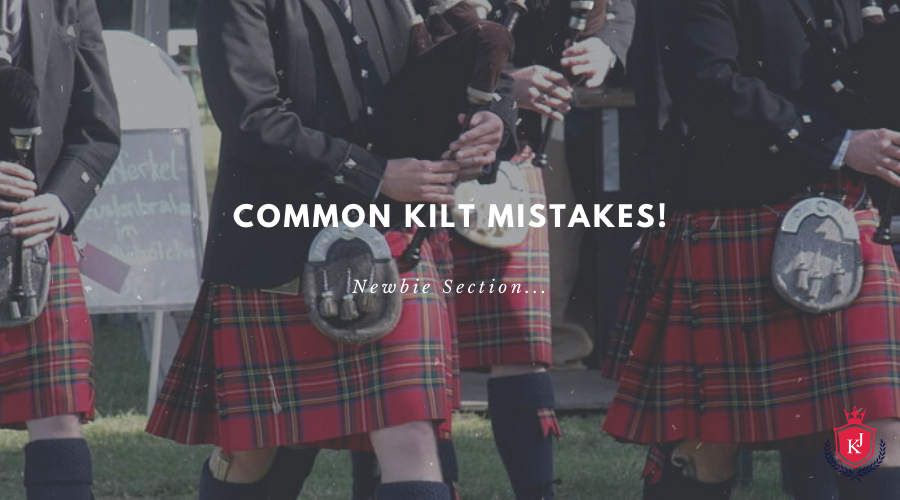Kilt and Jacks Foundation is centered around the kilt, and it is our moral duty to keep talking about it. Therefore, in order to pay tribute to the kilt, we have decided to share the ultimate guide to kilts called “The KILT”. In “The KILT”, we will be discussing the origin, history, and modernization of kilts and how we are playing our small role in it. So let’s start by discussing the 13 sweet secrets about kilts!THE Kilt
Table of Contents
FAQs about Kilt
Q. What do men Wear underneath their Kilt?
A. A question that has been prevailing for many years and we are going to answer it for you based on our survey: of course, we didn’t check it by ourselves.
55% of kilt-wearing men say that they wear dark underwear, 38% go commando, and 7% wear shorts or tights.
Q. What do Women think of Men wearing kilts?
A. There are many women who are big fans of men wearing kilts. Women find men attractive wearing kilts as they are kind of bold.
Q. How much a Typical kilt cost?
A. On Kilt and Jacks, it cost you from $49 to $350 depending on the kilt you are ordering and customization you want. However, from basic to top, all our kilts are purely made to measure and premium quality.
Q. Where should a kilt sit on your body?
A. Normally, it should sit two fingers above your belly button.
Q. Where should a kilt fall on your leg?
A. It should fall on the center of your knee.
Q. Do people buy kilts nowadays?
A. Yes, there is a strong kilt community who wears the kilt with proud.
Q. What is the difference between a tartan and a plaid?
A. Tartan basically represents a family and it is registered. A tartan usually has some sort of history. And plaid does not have any feature of that sort. You can read more about it here.
KILT GUIDES
- How to Wear Fly Plaids?
- Care Tips for Utility Kilts?
- Facts About Kilts!
- What Scots used to Wear Before Kilts?
- Best Cheap Kilts to Wear?
- Best Hybrid Kilts
- Best Tartan Kilts for Men
- How do women wear Tartan?
- How to Wear Tartan when not Scottish?
- Health Benefits of Wearing a Kilt?
- How to Wear and Store a Great Kilt?
- Best Utility kilts
- Best Leather Kilts
- What is a leather Kilt?
- Tartan vs Utility Kilt
- How to make a Kilt?
- How to wear a Kilt?
- Which Kilt is Best for you?
- Best Utility kilts for Women?
- What is a tactical Kilt?
Conclusion
So this was our guide on ‘The Kilt’ and I am sure it must have been very helpful for you and you must have gathered some amazing facts about kilts from here. Don’t forget to share your stories with us in the comments section.


